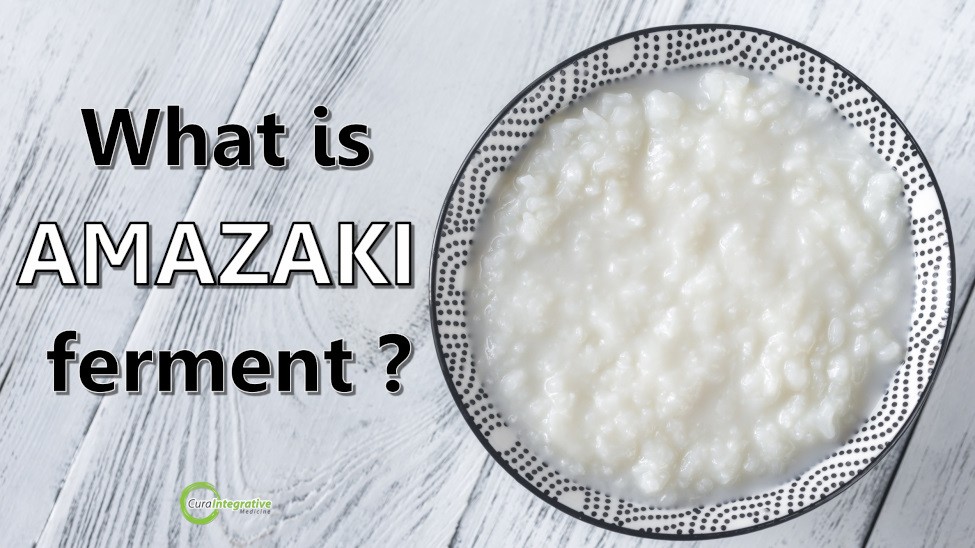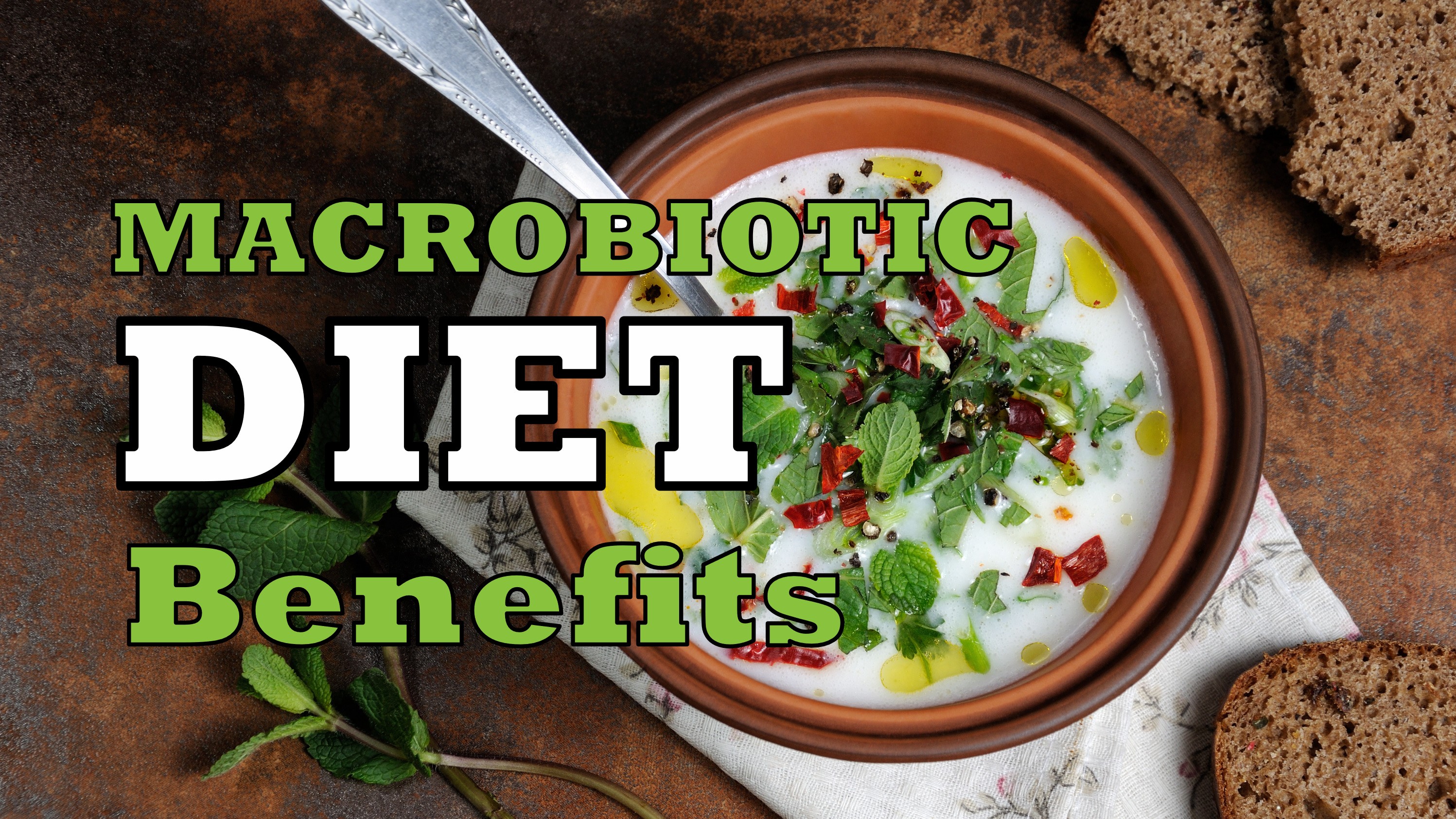Koji is a less known superfood found in a variety of macrobiotic foods. Containing Aspergillus oryzae, koji is used to make foods such as miso, amazaki and tamari. Read More…

Easy Fermented Beetroot For Probiotics
Posted 19 Feb '16
Kimchi from Korea.
Natto from Japan.
And Kvass from eastern Europe.
Kvass is a traditional beverage from Eastern Europe. Originally, it is made by fermenting stale sourdough rye bread. Apart from being a beverage, it may also be added to salads and soups when a sour flavour is desired. It can also be added to your fresh juice blend or splashed over salad as a true nutritional supplement daily dose.
Why is Kvass so good for your digestion?
How to make Beetroot Kvass?
What you need:
- 2-4 medium beetroots, peeled and chopped
- ¼ cup juice from sauerkraut (can purchase premade from organic shop in fridge)
- 1 T sea salt or himalayan salt
- filtered water
Directions:
- Place beetroot at the bottom of a two-litre jar.
- Add sauerkraut juice and salt.
- Fill with filtered water.
- Cover with lid, a towel or a cheesecloth.
- Leave in a cool dark place for two days to ferment.
- Transfer to refrigerator.
- Serve as desired.
There is a modified version of the recipe, for a much better taste:
- 2-3 medium beets, peeled and chopped
- 1/4 cabbage, chopped
- 1/2 onion, chopped
- 2 T sea salt
- 1/4 c 1 T starter culture (you can get Kefir starter and use this), optional
- filtered water
Directions:
- Place onion and cabbage at the bottom of a to a 2-litre jar.
- Add beetroots.
- Add salt and starter
- Fill with filtered water.
- Cover with lid, a towel or a cheesecloth.
- Leave in a cool dark place for 3 to 7 days.
- Transfer to refrigerator.
- Serve as desired
Natural Relief for GORD and Heartburn
Natural Cancer Treatment
BPH and Prostate Cancer





